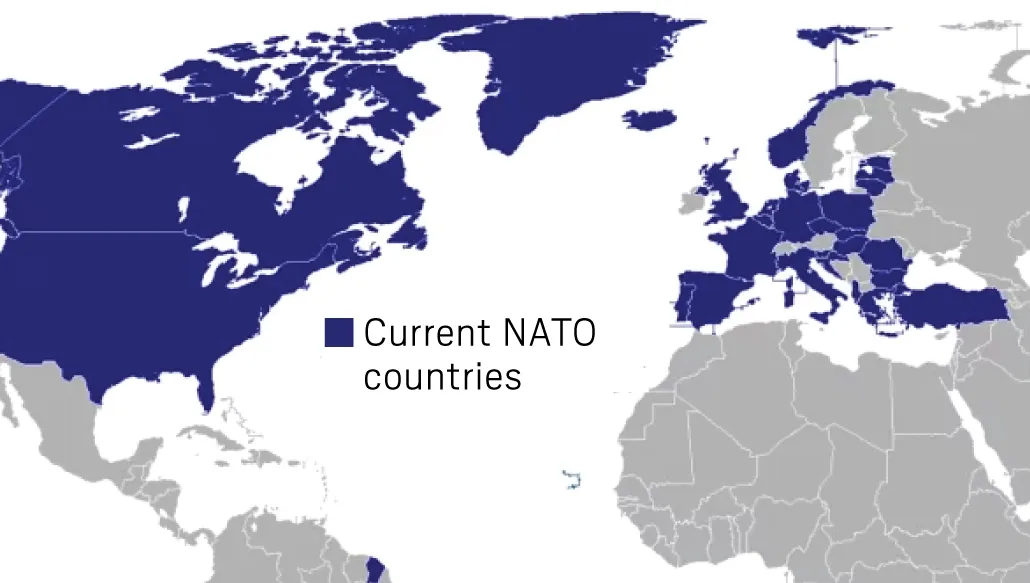AIJAC Australia/Israel & Jewish Affairs Council
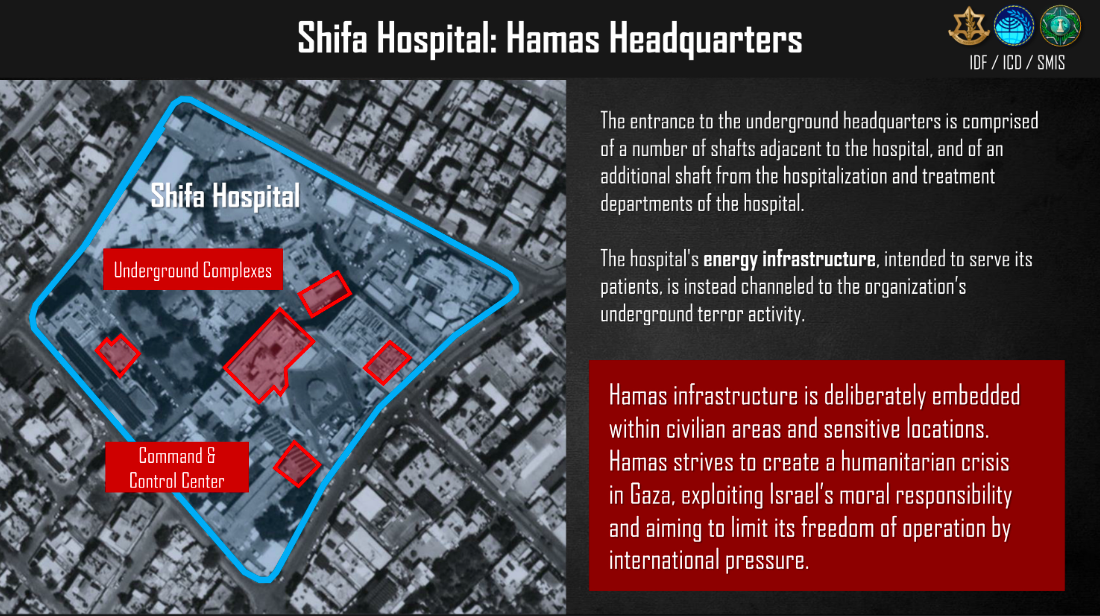
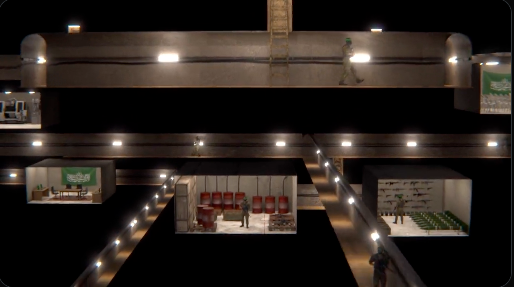
Hamas ambulances and its headquarters in Al-Shifa Hospital
Israel has long identified bunkers directly under Shifa Hospital as the main headquarters of Hamas’ military wing in the Gaza Strip – and has released a diagram of the specific bunkers under the hospital. This has been confirmed by US intelligence and numerous media reports.
While there has certainly been fighting near Shifa Hospital over recent days, Israel has denied that it has ever struck the hospital itself directly. It says a failed Palestinian rocket as well as Palestinian rocket-propelled grenades did hit it, causing casualties. There is intense fighting in the vicinity of the hospital, but not at the hospital itself. Hamas has also reportedly prevented medical workers from evacuating Shifa.
Over recent days, thousands of civilians who had taken shelter around the Shifa Hospital complex have been evacuated with Israeli help and guidance through safe corridors. Of the original 40,000 or so taking shelter there, only a few hundred patients, staff and civilians still remain, according to IDF spokesperson Lieutenant Colonel (Ret.) Peter Lerner. Hamas claims the number is roughly 1,500 patients, staff and displaced people, although the BBC cites Hamas as claiming at least 2,300 people altogether remain at the complex.
Interrogation videos of Hamas operatives involved in the October 7 massacre released by the IDF also reveal that Shifa is considered a safe place for Hamas to command the battle as well as move weapons, food, fuel and medicine to their fighters.
The IDF recently struck an ambulance near the Shifa hospital which it said was carrying Hamas operatives, and released audio recordings of conversations showing Hamas operatives boasting they can use “any ambulance” in this fashion. Israel has also released testimony from captured Hamas operatives saying Hamas military “has their own ambulances, some of which are located on the military base. The appearance of these ambulances is deliberately made to resemble civilian ambulances” and “Ambulances play a critical role [for Hamas] during combat, not only evacuating fighters but also transporting supplies, food, cargo, and weapons. They are deemed the safest way to transport these items.”
The Fuel Issue
We are constantly hearing reports that Gaza’s hospitals, including Shifa, are running out of fuel to power their generators, necessary to supply essential medical services.
Israel says it has evidence that Hamas has not only been hoarding a substantial volume of fuel for its own use, this reportedly includes over 200,000 gallons (more than 750,000 litres) stored directly underneath Shifa – even as Shifa insist it has no fuel to function.
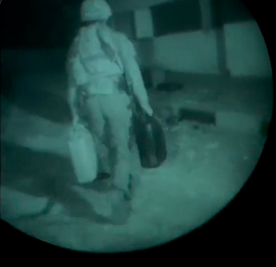
Furthermore, Hamas not only refuses to give this fuel to hospitals, hoarding it for rockets, vehicles and to run ventilation and lights for its tunnel network, but has also allegedly been stealing it directly from the hospital and blocking Israeli deliveries of fuel to it.
The IDF released an audio recording, alongside video showing IDF soldiers attempting to provide Shifa with an emergency ration of 300 litres of fuel, in which hospital officials say the fuel transfer was blocked by the head of Hamas’ Health Ministry.
Hamas Health Ministry Spokesman Dr Ashraf al-Qudra disputed the precise details of the claim but admitted their substance, saying that Israel had in fact offered 200 litres of emergency fuel, but Shifa rejected it because it wasn’t enough and because “Taking this fuel would give Israel credit for allowing fuel into Gaza”.
Meanwhile, Shifa Director Dr Muhammad Abu Salmiya admits it was in fact 300 litres, but then claimed it was not enough for even 30 minutes, that they couldn’t get to it because of Israeli tanks and said he told the IDF they want the fuel but it needs to be delivered through international institutions, an unacceptable proposition due to the probability of diversion to Hamas.
The US State Department confirmed that the Israelis offered fuel that was rejected.
Another audio recording released by the IDF shows a Gaza healthcare official appearing to confirm Hamas is stealing fuel from Shifa Hospital and storing it underneath in its tunnels. The lack of fuel at hospitals, as attested to by the US, is primarily the responsibility of Hamas, which has vast stores – although Israel has offered to supply Gaza’s hospitals with fuel, as it tried to do with Shifa.
Israeli releases video showing weapons, terror tunnel and possibly hostage-holding at al-Rantisi Hospital
Al-Rantisi is a paediatric hospital in Gaza City. The hospital now appears to have been evacuated and came under the direct control of Israel forces on Nov. 13. About a thousand people sheltering in and near the hospital were able to leave after the IDF killed a Hamas commander, Ahmed Siam, and other terrorists with him, who were allegedly preventing them from evacuating.
The IDF has released a video showing a cache of weapons, including suicide-bomb vests, grenades, AK-47 assault rifles, explosive devices and RPGs, found in the hospital basement, as well as additional evidence the basement was used as a Hamas command and control centre. The video also provides evidence that hostages seized on Oct. 7, including infants or babies, may have been held in the hospital basement, and shows a Hamas tunnel from a nearby house owned by a Hamas commander that, it is claimed, leads into the hospital.
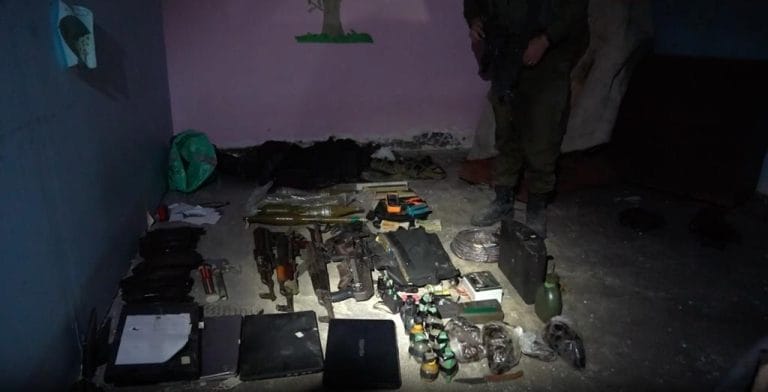
Prior to its evacuation, the IDF was in contact with hospital officials at Rantisi to discuss arrangements for ambulances for evacuation. A phone call heard by the BBC has an IDF officer explaining in detail evacuation instructions and routes for the civilians, and the head of the hospital told the New York Times that the IDF had delivered maps of evacuation routes to them last week.
Other hospital bases aside from Shifa and Rantisi
The IDF military operation to destroy Hamas following the mass kidnapping and pogrom on October 7 has come with substantial IDF documentation of Hamas’ use of hospitals, including al-Shifa, the Indonesian Hospital and the Sheikh Hamad Hospital.
The IDF has released footage of a tunnel entrance going directly underneath Sheikh Hamad Hospital as well as Hamas terrorists shooting at IDF soldiers from inside the hospital.
The Indonesian Hospital was allegedly constructed right on top of and adjacent to a large Hamas base, as demonstrated through satellite imagery by the IDF. That location was chosen specifically to cover the military infrastructure that existed there before the hospital was built. Launch pits for rockets also dot the area.
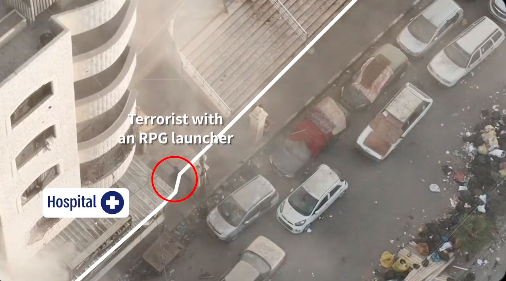
The IDF says around 100 Hamas fighters made a last stand inside the Indonesian Hospital and have released phone intercept recordings of Hamas officials discussing an order that was given to steal diesel fuel from the Indonesian hospital.
The IDF also released geolocated footage of Hamas fighters firing from right next to Al-Quds hospital.
IDF efforts to safeguard civilians in and around hospitals
The IDF has repeatedly called for the evacuation of civilians from the battle zone for the past month, including through tens of thousands of individual phone calls and millions of leaflets, pre-recorded calls and SMS messages. Humanitarian corridors and pauses for the delivery of aid are widely publicised and protected by the IDF, which includes ways to contact them if Hamas is blocking civilians from evacuating, something it openly does both rhetorically and practically.
Specifically regarding hospitals, the IDF is ensuring evacuation of the Shifa, Rantisi and Nasser hospitals. Contrary to pervasive misinformation, the Shifa hospital is not under siege, and the IDF say it has designated a safe evacuation zone on its east side and is in constant contact with the staff, which requested IDF help evacuating babies from the paediatric unit to a safer hospital out of the combat zone, and Israel has agreed to provide that help. Israel is also delivering incubators to Shifa.
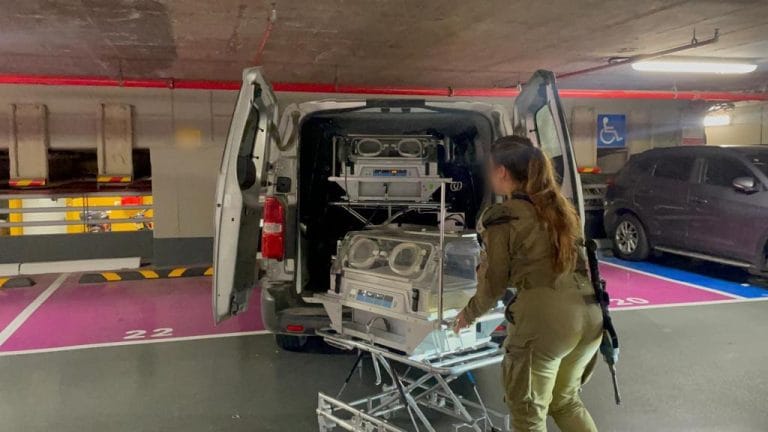
Perhaps the greatest indication that both sides know Israel does not in fact target hospitals is the large number of casualties from the widely misreported explosion in the Al-Ahli Arab Hospital car park on October 17. The overwhelming evidence from every possible source points to a misfired Palestinian rocket falling on the car park. Whether casualties were in the hundreds or dozens, the reason so many were killed is because Palestinians take shelter near hospitals knowing Israel won’t strike them. This is also demonstrated by the tens of thousands who sought refuge at the Shifa Hospital complex and Al-Quds Hospital.
Documentation from previous wars of Hamas using hospitals and ambulances
2009: Operation Cast Lead
The Sydney Morning Herald reported that Hamas was threatening Palestinian medical personnel and using ambulances to transport fighters, including several attempts to hijack the entire ambulance fleet of Al-Quds Hospital.
Mohammed Shriteh, 30, an ambulance driver registered with and trained by the Palestinian Red Crescent Society, told the Herald, “We would co-ordinate with the Israelis before we pick up patients, because they have all our names, and our IDs, so they would not shoot at us.” Hamas terrorists, however, threatened him at gunpoint to endanger everyone by transporting them in ambulances during battles. This practice has continued in every subsequent war, including the current one.
Hamas also purges staff at Al-Shifa hospital to ensure loyalists and operatives have free rein. Eyad al-Bayary, a senior nurse at Al-Shifa, told the Herald that he was fired and barred from the hospital during the war because he was a Fatah loyalist.
2014: Operation Protective Edge
The Washington Post’s William Booth reported in 2014 regarding the Shifa hospital:
At the Shifa Hospital in Gaza City, crowds gathered to throw shoes and eggs at the Palestinian Authority’s health minister, who represents the crumbling “unity government” in the West Bank city of Ramallah. The minister was turned away before he reached the hospital, which has become a de facto headquarters for Hamas leaders, who can be seen in the hallways and offices.
A television reporter from Finland’s Helsingin Sanomat also reported that Hamas had fired rockets from the Shifa hospital parking lot.
Another hospital, the Al-Wafa Hospital, was similarly used in such a fashion. According to the IDF:
Hamas transformed Wafa Hospital, a civilian building in the Shuja’iya neighborhood of Gaza City, into a command center, rocket-launching site, observation point, sniper’s post, weapons storage facility, cover for tunnel infrastructure, and a general base for attacks against Israel and IDF forces. Hamas repeatedly opened fire from hospital windows and used anti-tank missiles from the premises. Hamas deliberately and cynically turned the hospital into a legitimate military target.
The IDF released footage of terrorists firing from inside the hospital, as well as recorded phone conversations with personnel at the hospital to double check it had been evacuated before striking it. Secondary explosions, likely from stored munitions and rockets, can be seen.
The IDF further alleged that rockets were launched from the Indonesian Hospital.
Even senior Hamas official Ghazi Hamad, who like the rest of Hamas just lies and continues to lie about well-documented facts – and even stormed out of a recent BBC interview after denying that Hamas intended to kill civilians on October 7 despite overwhelming evidence, much of it produced by Hamas fighters themselves – did not even fully deny the Israeli allegations in 2014, telling the Associated Press, “The Israelis kept saying rockets were fired from schools or hospitals when in fact they were fired 200 or 300 metres away. Still, there were some mistakes made and they were quickly dealt with.”




